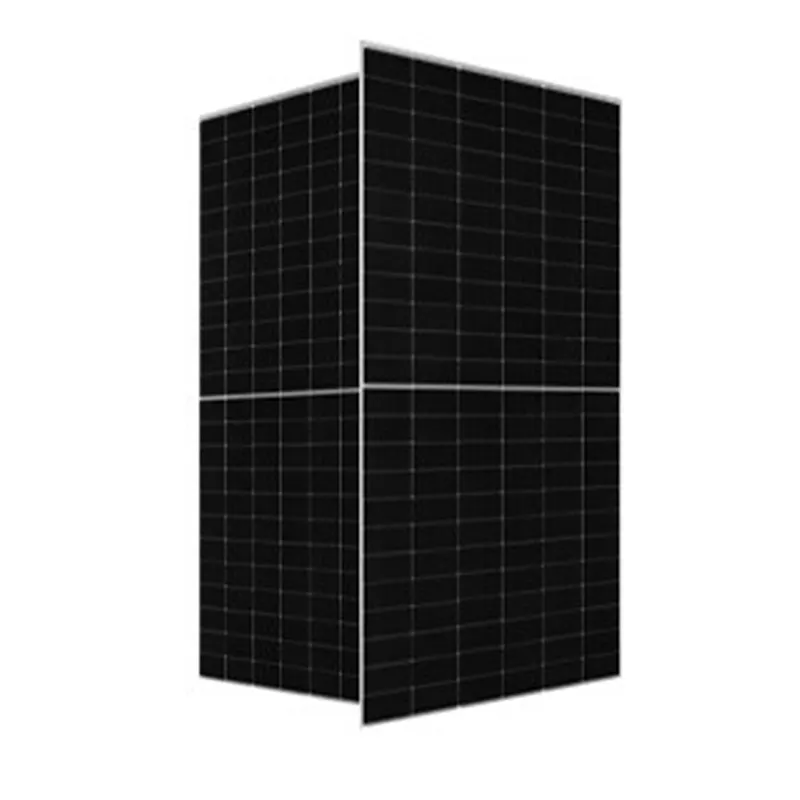hybrid inverter function
Understanding the Functions of Hybrid Inverters
In the modern age of renewable energy, hybrid inverters are emerging as a crucial component in the seamless integration of solar power systems with traditional electricity sources. These versatile devices serve as the backbone for solar energy utilization, offering multiple functionalities that optimize energy management, storage, and consumption. This article delves into the functions and significance of hybrid inverters, highlighting their role in promoting sustainable energy solutions.
What is a Hybrid Inverter?
A hybrid inverter combines the capabilities of both a solar inverter and a battery inverter. Unlike traditional solar inverters, which solely convert direct current (DC) generated by solar panels into alternating current (AC) for use in homes, hybrid inverters incorporate energy storage features. This allows them to manage energy flow from multiple sources, such as solar panels, the grid, and battery systems, providing enhanced flexibility for energy usage.
Key Functions of Hybrid Inverters
1. Energy Conversion The primary function of any inverter is to convert DC to AC power. Hybrid inverters efficiently perform this task, ensuring that the energy harvested from solar panels is suitable for household appliances and the electricity grid.
2. Battery Management Hybrid inverters are equipped with the ability to control battery charging and discharging. They determine when to store excess energy generated by solar panels in batteries for later use, or when to utilize stored energy when solar production is low. This function is vital for maximizing energy independence and minimizing reliance on grid electricity.
hybrid inverter function

3. Grid Interaction These inverters can operate in grid-tied, off-grid, or hybrid modes. In grid-tied mode, they synchronize with the utility grid, allowing excess energy to be fed back into the grid, often resulting in credits or compensation for the user. In off-grid mode, the hybrid inverter is capable of functioning independently from the grid, relying solely on solar energy and battery storage to power household needs.
4. Load Management Hybrid inverters can intelligently manage energy consumption by prioritizing power needs. During peak production times, they can channel solar energy directly to loads, reducing the energy drawn from the grid. This not only cuts electricity costs but also promotes efficient energy use.
5. Monitoring and Control Many hybrid inverters are equipped with advanced monitoring systems that enable users to track energy production, consumption, and battery status in real-time. This data can often be accessed through mobile apps or web interfaces, allowing homeowners to make informed energy management decisions.
Benefits of Hybrid Inverters
The incorporation of hybrid inverters into renewable energy systems offers several advantages. Firstly, they enhance energy independence by allowing homeowners to store surplus energy generated during the day for use at night or during periods of low solar generation. Secondly, hybrid inverters can contribute to cost savings by reducing reliance on grid electricity and lowering utility bills, particularly during peak pricing periods. Additionally, their ability to provide backup power during outages ensures continuous energy supply, enhancing overall reliability.
Conclusion
Hybrid inverters are a transformative solution in the renewable energy landscape, bridging the gap between solar energy generation and energy storage. By integrating multiple functionalities—including energy conversion, battery management, and load optimization—they maximize the efficiency and effectiveness of solar power systems. As the demand for sustainable energy solutions grows, hybrid inverters will play an essential role in facilitating a more resilient and self-sufficient energy future. Embracing this technology not only benefits individual homeowners but also contributes toward a larger goal of reducing carbon emissions and fostering a greener planet.
-
String Solar Inverter: The High-Efficiency Solution for Smart Solar EnergyNewsJul.14,2025
-
Revolutionizing Rooftop Energy with the Power of the Micro Solar InverterNewsJul.14,2025
-
Power Independence with Smart Off Grid Solar Inverter SolutionsNewsJul.14,2025
-
On Grid Solar Inverter: Powering the Future with Smart Grid IntegrationNewsJul.14,2025
-
Monocrystalline Solar Panels: High-Efficiency Power for the Future of Clean EnergyNewsJul.14,2025
-
Bifacial Solar Panel: A Smarter Investment for Next-Generation Energy SystemsNewsJul.14,2025







